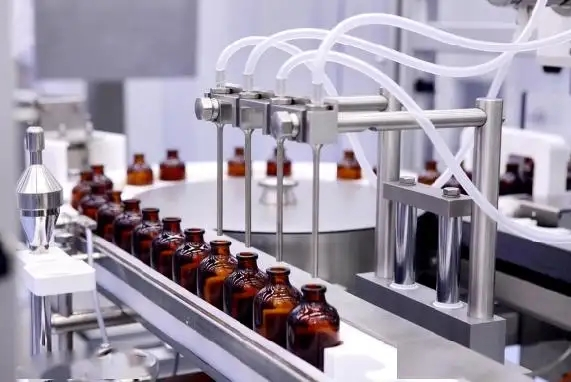General purpose resin
At the beginning, although manufacturers of 3D printing resin equipment sold their proprietary materials, a large number of resin manufacturers appeared in line with the market demand. At the beginning, the color and performance of desktop resin were very limited. At that time, there were probably only yellow and transparent materials. In recent years, the color has been extended to orange, green, red, yellow, blue, white and other colors.
Hard resin
The photosensitive resin commonly used in desktop 3D printers is a little fragile and easy to break and crack. In order to solve these problems, many companies have begun to produce tougher and more durable resins. Make the 3D printed prototype products have better impact resistance and strength, such as manufacturing the prototype of some parts that need precision assembled parts, or the prototype of snap joints.
Investment casting resin
The traditional manufacturing process has a complex and long manufacturing process, and the design freedom of jewelry is low due to the limitation of molds. Especially compared with 3D printing wax molds, there are more mold manufacturing processes for wax molds. The expansion coefficient of this resin cannot be high, and all polymers need to be burned during the combustion process, leaving only the perfect shape of the final product. Otherwise, any plastic residue will cause defects and deformation of the casting.
Flexible resin
The performance of flexible resin is a material with medium hardness, wear resistance and repeated stretching. This material is used in parts of hinges and friction devices that need to be stretched repeatedly.
Elastic resin
Elastic resin is a material that shows excellent elasticity under high-strength extrusion and repeated stretching. It is a very soft rubber material. It will be very soft when printing thin layer thickness, and become very elastic and impact resistant when printing thick layer thickness. The possibilities of its application are endless. This new material will be used to make perfect hinges, shock absorbers, contact surfaces, and other engineering applications, suitable for people with interesting ideas and designs.
High temperature resin
Undoubtedly, high-temperature resin is a research and development direction that many resin manufacturers pay close attention to, because we know that for the field of liquid resin curing, it is the aging problem of these plastics that has plagued the trend of resin towards consumer and industrial applications for a long time. Maintain good strength, stiffness and long-term thermal stability at high temperature. It is suitable for molds and mechanical parts in automobile and aviation industry. At present, the thermal deformation temperature (HDT) of high temperature resistant resin materials has reached 289 ° C (552 ° f).
Biocompatible resin
Desktop 3D printers are unique in the field of biocompatible resins. It is safe and friendly to human body and environment. The translucency of the resin can be used as surgical material and pilot drill guide plate. Although it is aimed at the dental industry, this resin can also be applied to other fields, especially the whole medical industry.
Ceramic resin
Ceramics made from these polymers shrink uniformly with little porosity. After 3D printing, this resin can be burned to produce dense ceramic parts. Using this technology, super strong ceramic materials for 3D printing can withstand temperatures of more than 1700 degrees Celsius.
Most of the ceramic light curing technologies on the market are to add ceramic powder into the light curable solution, disperse the ceramic powder evenly in the solution through high-speed stirring, and prepare ceramic slurry with high solid content and low viscosity. Then the ceramic slurry is directly solidified layer by layer on the light curing molding machine, and the ceramic parts are obtained by accumulation. Finally, the ceramic parts are obtained by drying, degreasing and sintering.
Daylight resin
Sunlight resin is different from the resin cured under ultraviolet light. They can be cured under ordinary sunlight, so that they no longer rely on UV light source. A liquid crystal screen can be used to cure this kind of resin.
Post time: May-05-2022













